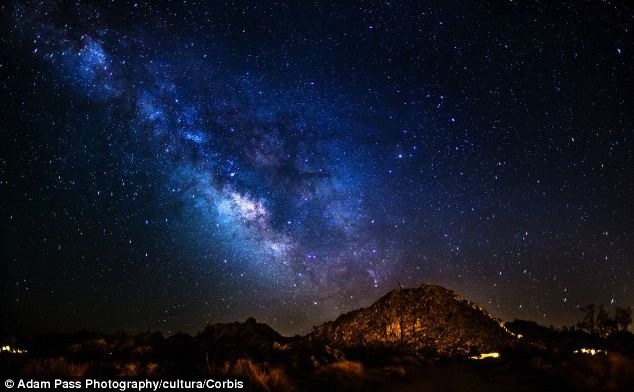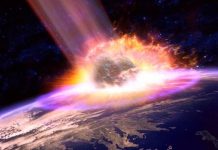
Russian cosmologist Vyacheslav Dokuchaev claims that if life could exist inside supermassive black holes, it would have evolved to become the most advanced civilisation in the galaxy.
He argues that civilisations would only exist once you have crossed the threshold of the event horizon.
The event horizon, at the lip of the black hole, is known as the point of no return.time and space flow into one another.
However, beyond the event horizon is another domain, known as the Cauchy horizon, where time and space return to stable states.
It is inside the Cauchy horizon that life could exist, Professor Dokuchaev argues in a paper published in Cornell University’s online journal arXiv.
However, the type of life that could exist in those conditions – where they would be subject to massive fluctuating tidal forces – would have evolved beyond ours.
The life that could exist there would likely be a civilisation ranked as Type III on the Kardashev Scale.
There are three levels to the scale with one being the lowest and three the highest. Humanity is still looking to attain Level 1 status; mastery of its own planet.

A black hole is a geometrically defined region of spacetime exhibiting such strong gravitational effects that nothing—includingparticles and electromagnetic radiation such as light—can escape from inside it. The theory of general relativity predicts that a sufficiently compact mass can deform spacetime to form a black hole. The boundary of the region from which no escape is possible is called the event horizon. Although crossing the event horizon has enormous effect on the fate of the object crossing it, it appears to have no locally detectable features. In many ways a black hole acts like an ideal black body, as it reflects no light. Moreover, quantum field theory in curved spacetime predicts that event horizons emit Hawking radiation, with the same spectrum as a black body of a temperature inversely proportional to its mass. This temperature is on the order of billionths of a kelvin for black holes of stellar mass, making it essentially impossible to observe.
Objects whose gravitational fields are too strong for light to escape were first considered in the 18th century by John Michelland Pierre-Simon Laplace. The first modern solution of general relativity that would characterize a black hole was found by Karl Schwarzschild in 1916, although its interpretation as a region of space from which nothing can escape was first published by David Finkelstein in 1958. Long considered a mathematical curiosity, it was during the 1960s that theoretical work showed black holes were a generic prediction of general relativity. The discovery of neutron stars sparked interest in gravitationally collapsed compact objects as a possible astrophysical reality.
Black holes of stellar mass are expected to form when very massive stars collapse at the end of their life cycle. After a black hole has formed, it can continue to grow by absorbing mass from its surroundings. By absorbing other stars and merging with other black holes, super massive black holes of millions of solar masses (M☉) may form. There is general consensus that supermassive black holes exist in the centers of most galaxies.
Despite its invisible interior, the presence of a black hole can be inferred through its interaction with other matter and with electromagnetic radiation such as visible light. Matter falling onto a black hole can form an accretion disk heated by friction, forming some of the brightest objects in the universe. If there are other stars orbiting a black hole, their orbit can be used to determine its mass and location. Such observations can be used to exclude possible alternatives (such as neutron stars). In this way, astronomers have identified numerous stellar black hole candidates in binary systems, and established that the radio source known as Sagittarius A*, at the core of our own Milky Way galaxy, contains a supermassive black hole of about 4.3 million solar masses.













